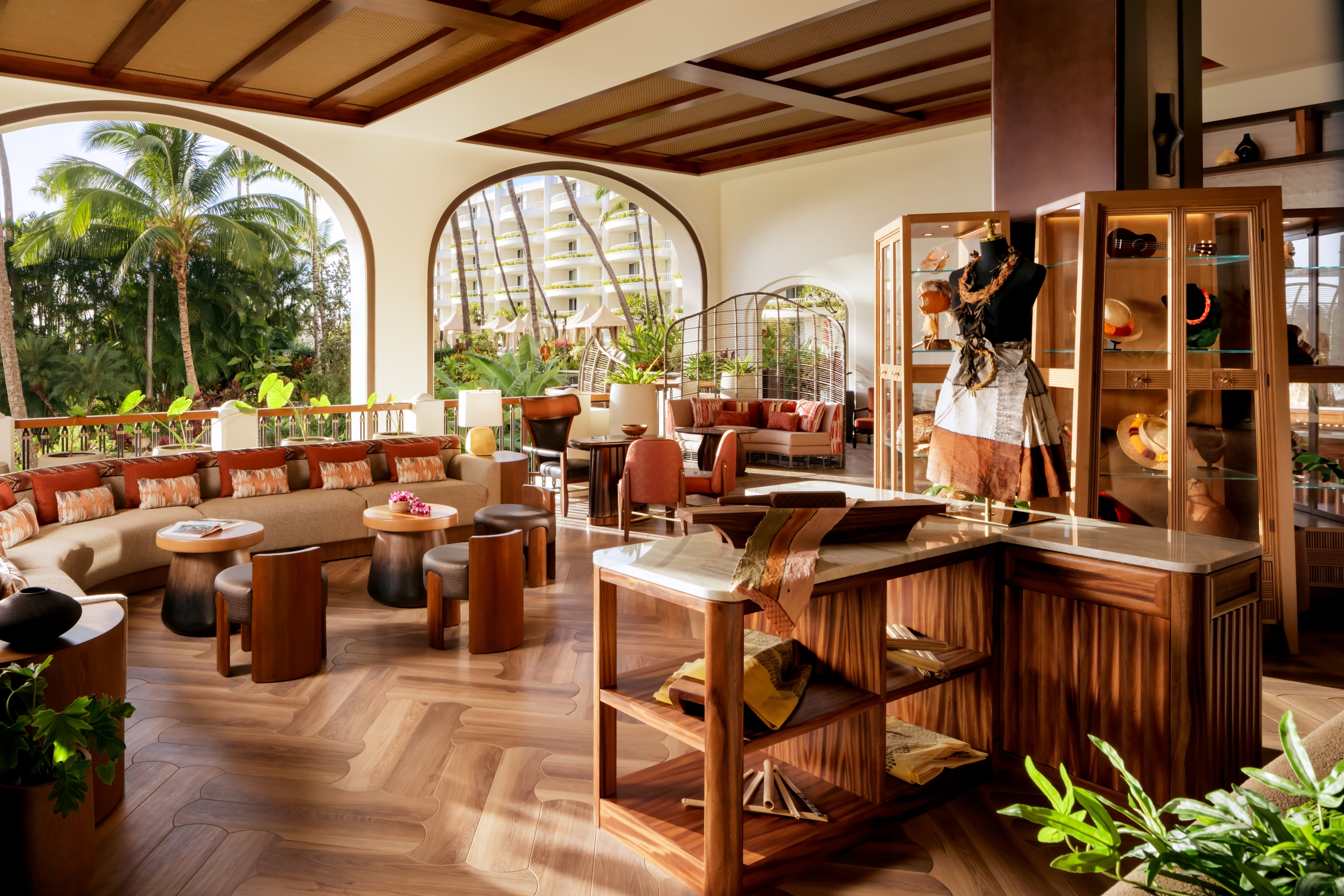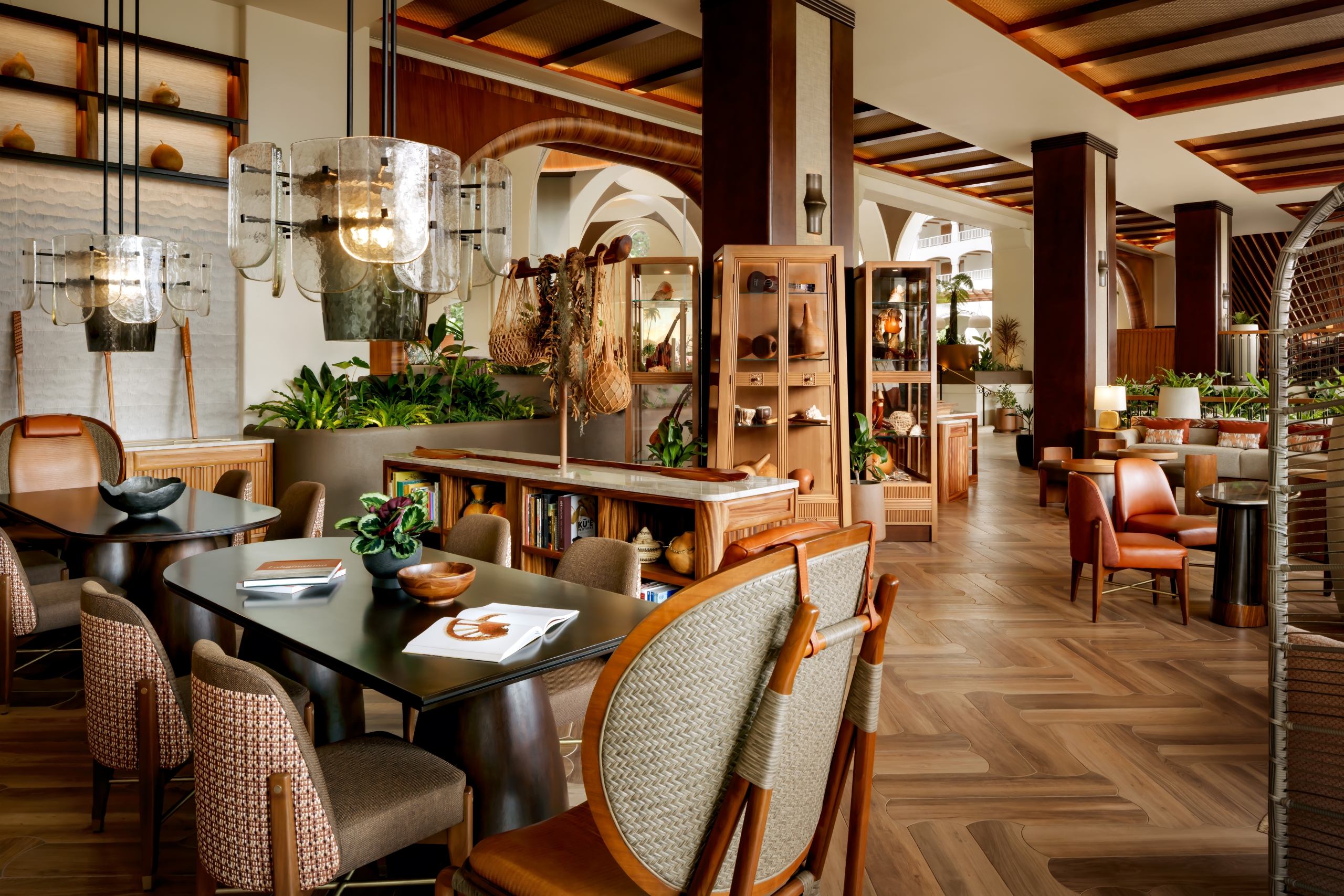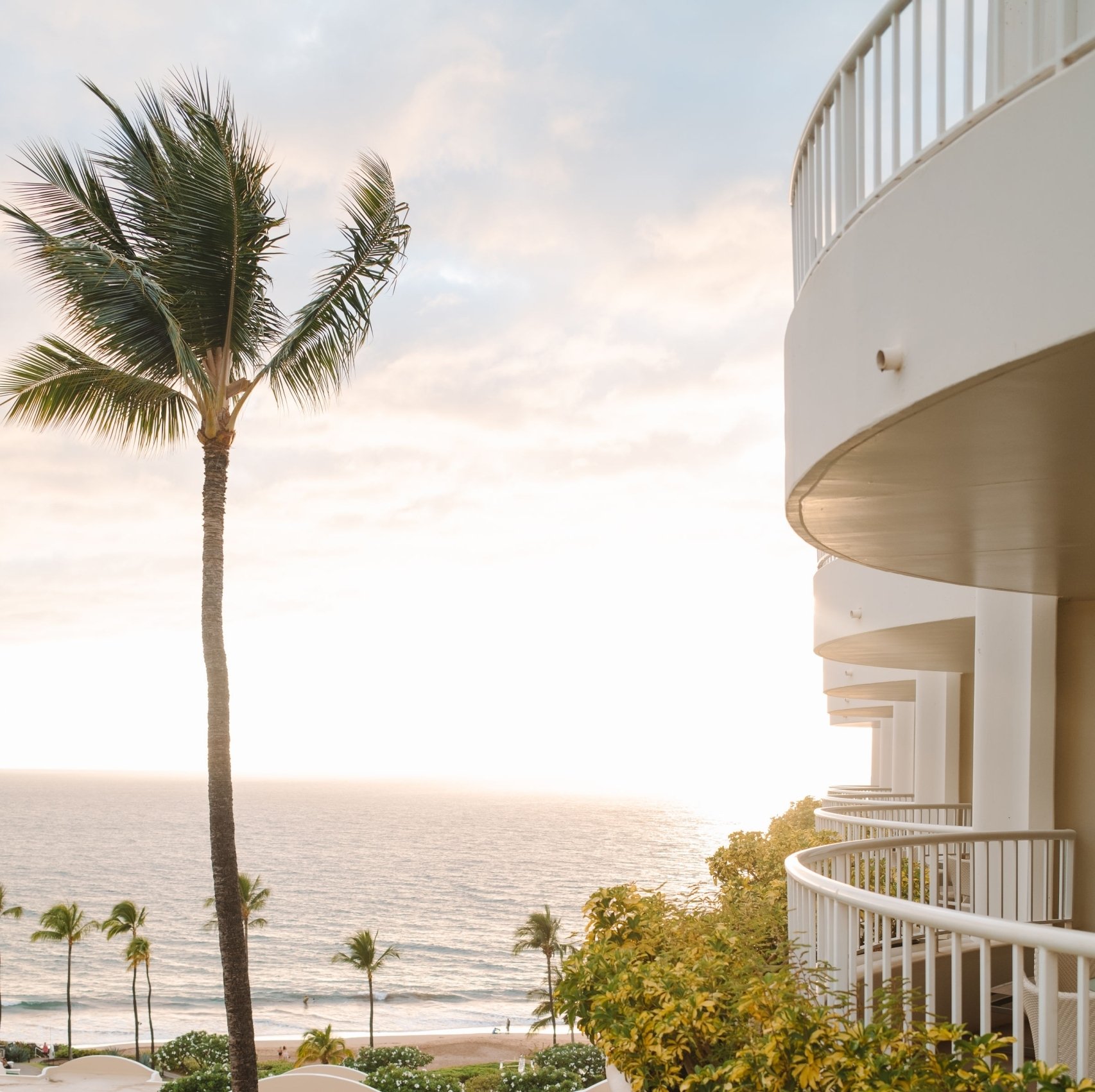You’re Invited: Lā Hoʻihoʻi Ea Celebration at Fairmont Kea Lani
Complimentary for in-house guests and the community of Maui.
Sunday, July 27, from 9:45am to 2:00pm
The day begins at 9:45am with a flag raising ceremony, followed by a series of rotating educational sessions showcasing traditional Hawaiian arts and practices. Activities include lauhala weaving with Gayle “Kaila” Miyaguchi at 10:30am, kapa making with Lei Ishikawa at 11:30am, traditional woodworking with Kenneth Hiraoka at 12:30pm, and Hawaiian agriculture with Lukela Alboro at 1:30pm. Throughout the day, guests can also observe featherwork by Leonani Meyer and traditional tattooing (kākau uhi) by Chase Keliʻipaʻakaua.
Lā Hoʻihoʻi Ea, the “Day of Restoration,” commemorates the return of Hawaiian sovereignty in 1843, when the Hawaiian Kingdom was rightfully restored after foreign occupation. But this day is more than history, it is a living reminder of who we are, where we come from, and the strength and dignity of our culture that continues to rise, generation after generation.
Here at Fairmont Kea Lani, located in the storied ahupua‘a of Honuaʻula, we recognize that we stand on sacred ground. With that comes kuleana, a deep responsibility, to honor the history, language, and traditions of this ʻāina and its people.
It is our intention to create more than just a beautiful space—we envision a gathering place, where community is welcomed, cultural practices are uplifted, and our guests are invited to learn with humility and respect. By sharing hula, oli, moʻolelo, and other sacred traditions, we’re not just offering an experience, we’re creating an opportunity to listen, to understand, and to connect with what truly makes Hawaiʻi special.
Education is not just about information, it is about transformation. When we take the time to understand the roots of a culture, we begin to see with new eyes and to feel with a more open heart. Our hope is that through these shared moments, our visitors leave not just with memories, but with a deeper sense of connection, respect, and aloha.
E ola ka lāhui. E ola ka ʻāina. E ola ke aloha.
May our people thrive. May the land thrive. May love and respect endure.
Mahalo nui loa for being a part of this journey with us.
10:00am until 2:00pm: Hulu (Featherwork) with Leonani Meyer
10:00am until 2:00pm: Kākau Uhi (Traditional Tattoo) with Chase Keliʻipaʻakaua
10:30am: Lauhala Weaving with Gayle “Kaila” Miyaguchi
11:30am: Kapa Making with Lei Ishikawa
12:30pm: Traditional Woodworking with Kenneth Hiraoka
1:30pm: Hawaiian Agriculture with Lukela Alboro

Hale Kukuna
Opened in late 2023, Fairmont Kea Lani’s immersive Hawaiian cultural center, can be found at the forefront of the resort’s newly transformed lobby, acting as the piko (center) of the property.
The expansive, open-air cultural center is meant to permeate Hawaiian culture, traditions, and values from within and is open to all who seek to create respectful and meaningful connections to Hawaiʻi.

"House of Enlightenment"
Hale Kukuna, a name conceptualized by Fairmont Kea Lani’s cultural advisory board and lineal descendants of Palauea, the area upon which the resort rests, denotes a house of enlightenment. The name honors “kukuna”, meaning rays of the sun, and the nourishment that it brings to the ʻāina and all living things in Hawaiʻi.
“Our vision and intention for Hale Kukuna is to serve as a space for both poʻe hoʻokipa and malihini to create meaningful connections with the culture, history, and spirit of this place –and in doing so, develop a deeper respect for this ʻāina and place we call home.”
Artifacts on Display
In Hawaiian culture, kapa was the everyday wear of kanaka (people of Hawaiʻi). Many kanaka had various styles, prints and colors that were specific to themselves, moʻolelo (stories), ʻāina (land) and so on. We feature these kapa pieces within Hale Kukuna to touch on the rich history of fashion within Hawaiʻi and how it has evolved to where we are today, continuing to tell stories through our clothing and tapping into the ʻike (knowledge) of our kupuna (ancestors).
The malo on display within Hale Kukuna was made by Kumu Lisa Raymond and the pāʻū was made by her daughter Kaleʻa Raymond. Both Lisa and Kaleʻa are from Kula, Maui and are masters in the traditional Hawaiian art of kapa making, ʻohe kāpala and kūpenu (dying).
Both pieces were dyed using natural plant dyes, the malo (7 feet long) using the noni root, ʻalaea and maʻo and the pāʻū (12 feet long) using kukui ash and ʻalaea.
The kapa is beaten out to the desired size and width using a traditional beater called an ʻie kūkū on a wooden anvil known as a kua.
There are two styles of lei hulu that we feature here in Hale Kukuna. Poepoe and kāmoe.
Poepoe is the circular shape of the lei whereas kāmoe is when the feathers are lying flat, as if they are sleeping.
The pieces on display were created by a local lei hulu maker, Jayren Watson, who resides in Kula, Maui with lineal ties to Lāhāina.
Lei hulu, feathers in general, signified one’s status within society and were typically reserved for the high ranking aliʻi (chiefs).
A single lei hulu can take anywhere from 2,500 – 3,000 feathers. Traditionally, Hawaiians would have used native birds to make these beautiful lei, however, the art of creating lei hulu as it exists today involves sourcing feathers from pheasants, geese and ducks due to 80% of the native bird species of Hawaiʻi having gone extinct.
The ʻukulele originated in Portugal and was brought here to Hawaiʻi by the Portuguese during the plantation era, originally named Machete do Braca.
The ʻukulele on display in Hale Kukuna, created by locally-owned businesses Kamaka ʻUkulele and Kanileʻa ʻUkulele, are of two variations – four string and six string.
The ʻūmeke is a traditional Hawaiian container, typically made from hollowed-out gourds, used for storing, carrying, and serving food or other items. These gourds were carefully cultivated, dried, and sometimes decorated or polished to create durable, lightweight vessels of various sizes. ʻŪmeke played a vital role in daily life, especially in the preparation and serving of poi, a staple food in Hawaiian cuisine. Beyond their practical use, some ʻumeke held ceremonial or symbolic value, particularly in religious or chiefly contexts. Today, ʻumeke are appreciated not only as functional items but also as cultural artifacts that reflect the ingenuity and sustainability of traditional Hawaiian practices.
The malo is a traditional Hawaiian garment worn by men, consisting of a long, narrow strip of cloth that is wrapped around the waist and between the legs, functioning as a loincloth. Historically, it was the everyday attire for Native Hawaiian men and continues to hold cultural and ceremonial significance today. Made from materials like kapa (bark cloth) or modern fabric, the malo is often worn during hula, traditional ceremonies, and cultural reenactments. More than just clothing, the malo represents a deep connection to Hawaiian identity, heritage, and masculine responsibility within the cultural and spiritual practices of the islands.


